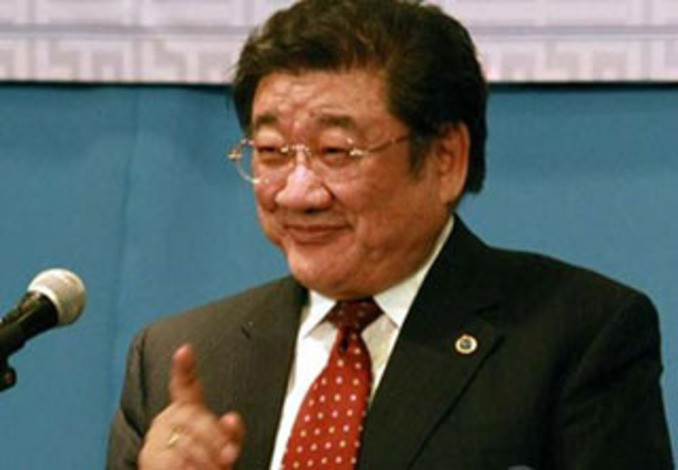Barag  Sartuul  unknown origin    |
Saturday, October 27, 2012
Monday, October 15, 2012
How is Strategic Investment Agreement Done?
How is Strategic Investment Agreement Done?
Strategic investments involve a wide variety of transactions. The planners of such transactions decide on a strategic investment when they believe that the investment is not merely directed towards financial goals, but also broader business orstrategic goals. The actual details of such business agreements vary from deal to deal.
A strategic investment differs from an investment by a venture capitalist in that the latter’s aim is to generate a huge return on investment. Corporate venturing, which refers to a large firm investing in smaller form, is an example of strategicinvesting.
In a strategic investment, the investor generally acquires common or preferred stocks in the target company. A loan may also be taken for acquiring the debt securities of the target company. Moreover, the two companies may enter into supply and sourcing contracts, technology sharing agreements or research and development agreements. They may also form separate joint venture entities for engaging in specified businesses.
A strategic investment typically influences what a company does (what products / services it offers), where it does it (the locations of its operations) and/or how it does it (processes and practices).

A strategic investment is a transaction that is closely related to joint ventures. In strategic investments, one company makes an investment in another. These two companies enter into agreements that are designed to serve shared business goals.
How is Strategic Investment Done?
Strategic investment begins with identifying and evaluating various projects and making a selection that is likely to boost the company’s competitive advantage.In a strategic investment, the investor generally acquires common or preferred stocks in the target company. A loan may also be taken for acquiring the debt securities of the target company. Moreover, the two companies may enter into supply and sourcing contracts, technology sharing agreements or research and development agreements. They may also form separate joint venture entities for engaging in specified businesses.
Benefits of Strategic Investment
Strategic investment gives the investing company access to resources at a fairly low cost. For instance, when the targetedcompany’s business is to develop technology, which the investing company find useful, the latter can make a strategic investment in the former company instead of developing its own technology. This will reduce the cost of developing that technology to agreat extent.Risks of Strategic Investment
The process of identifying and evaluating various strategic investment options could be significantly complex, time consuming and expensive.
Subscribe to:
Posts (Atom)









